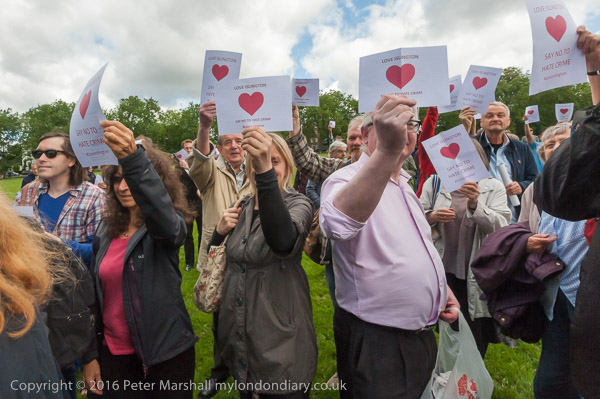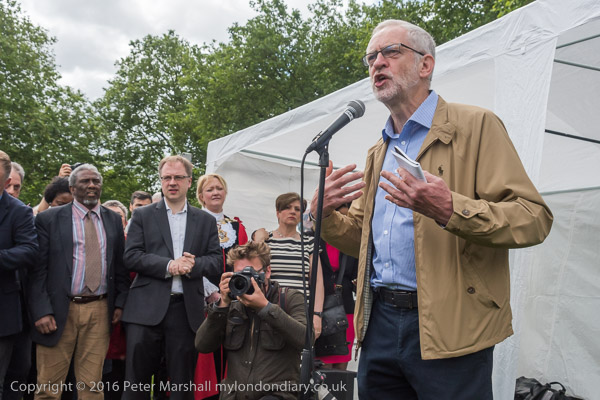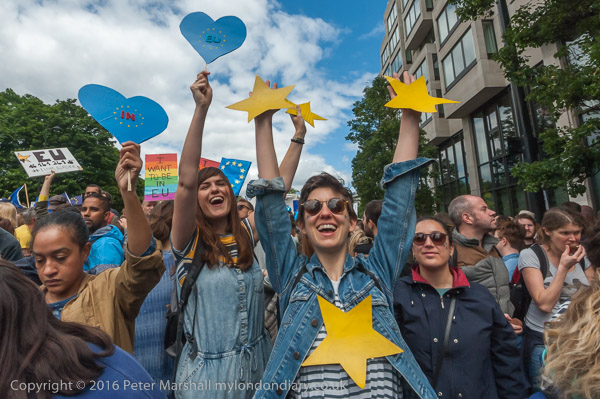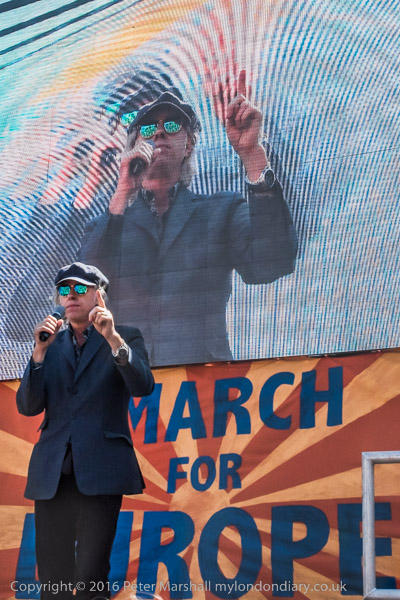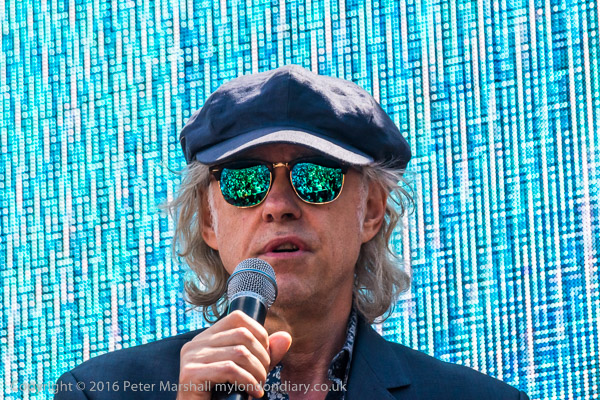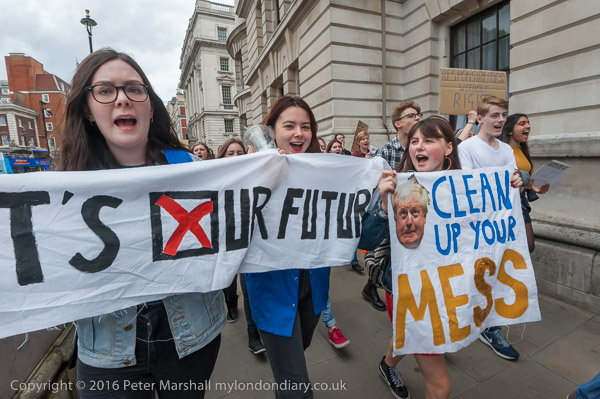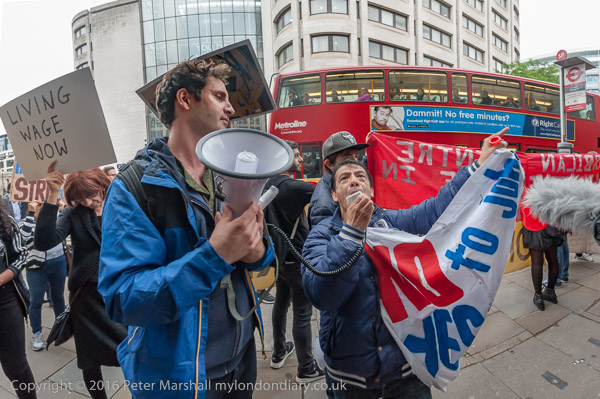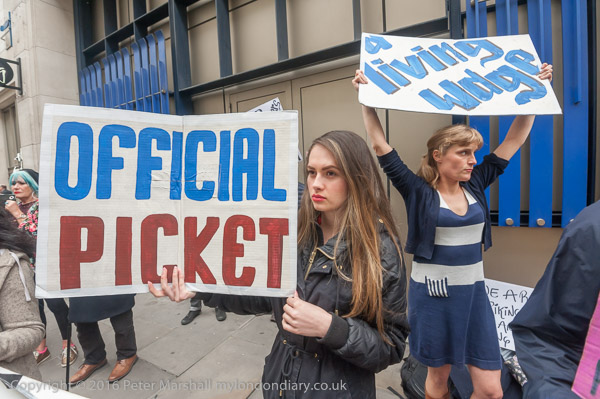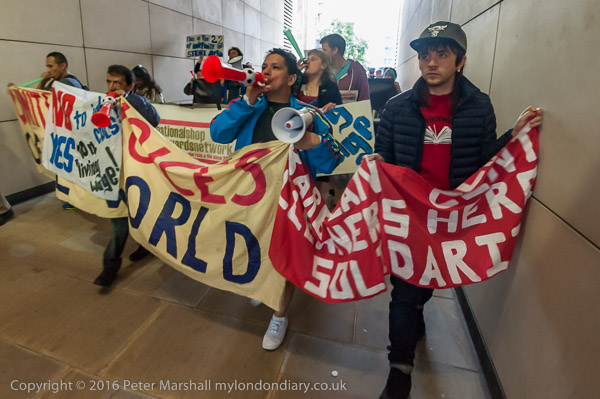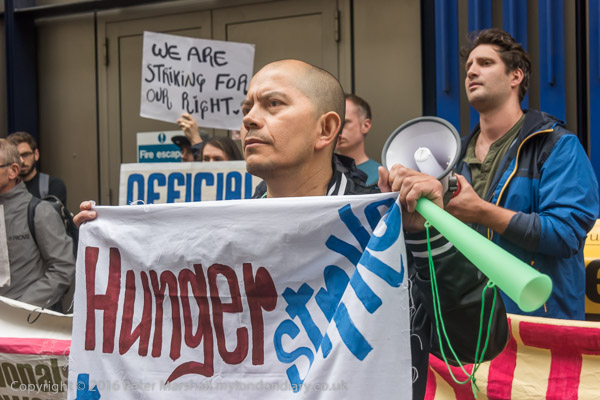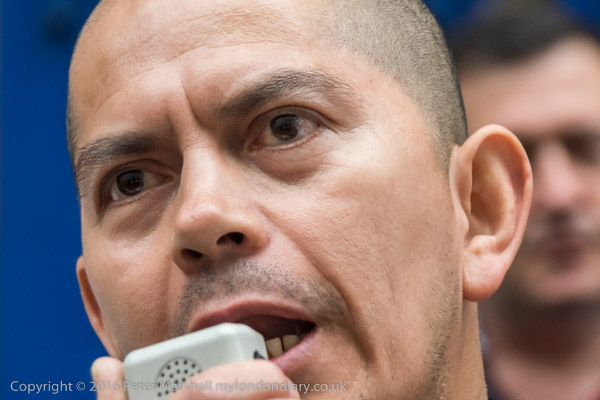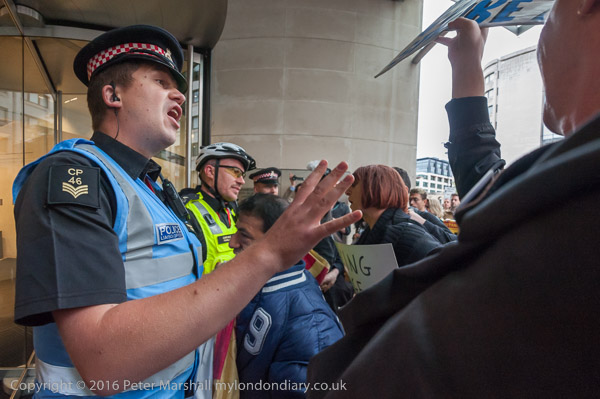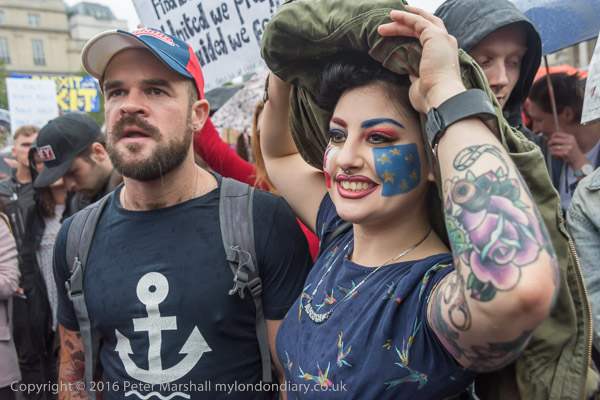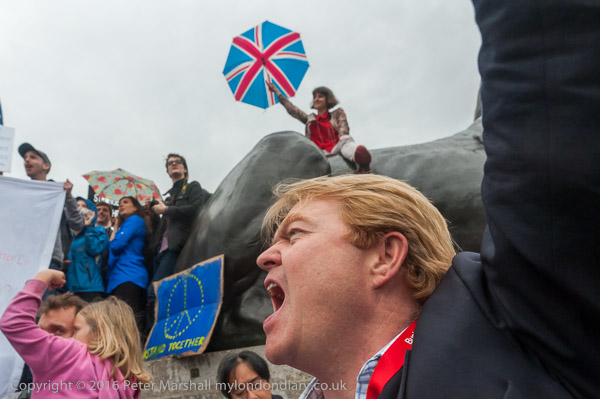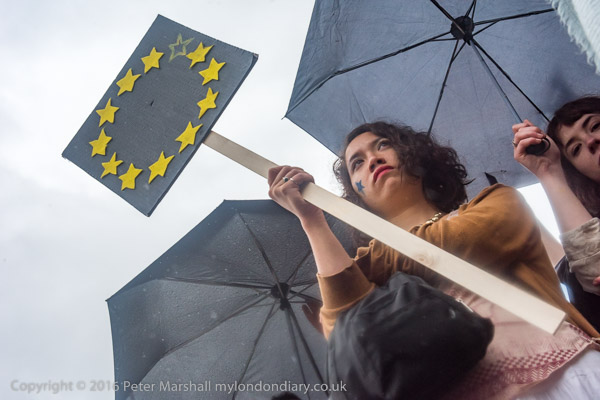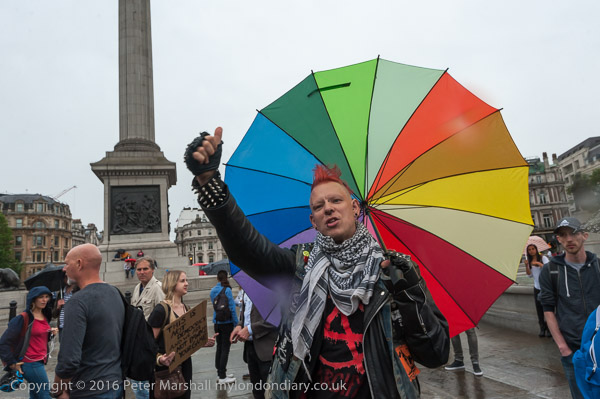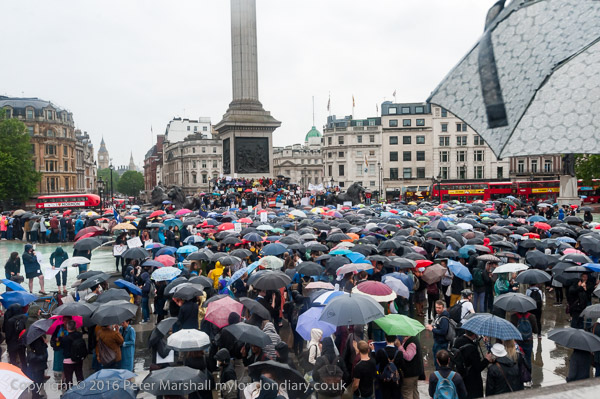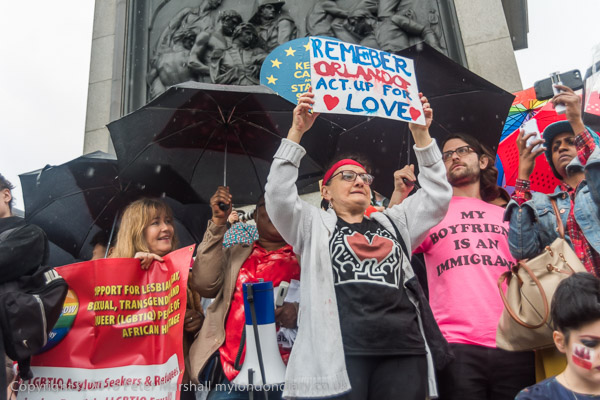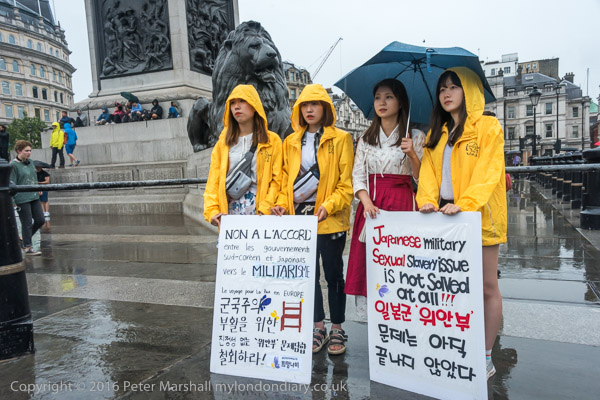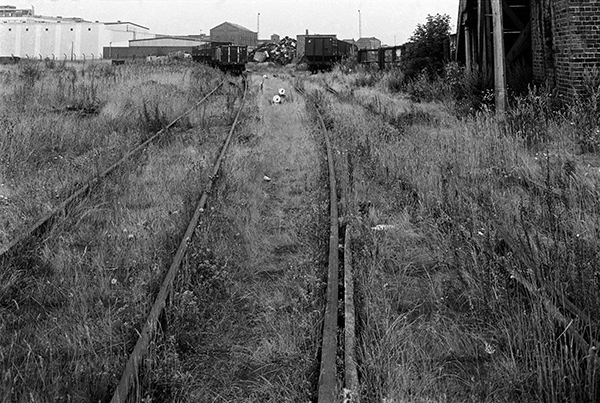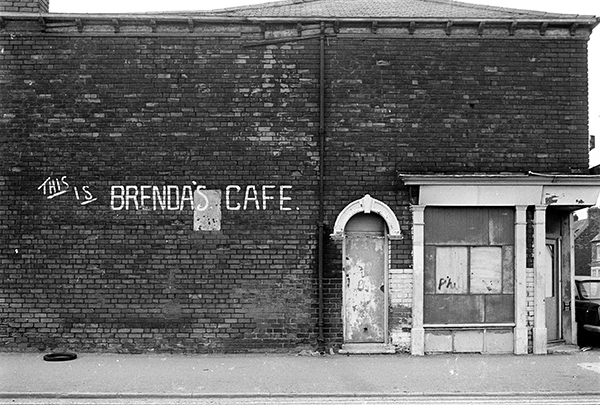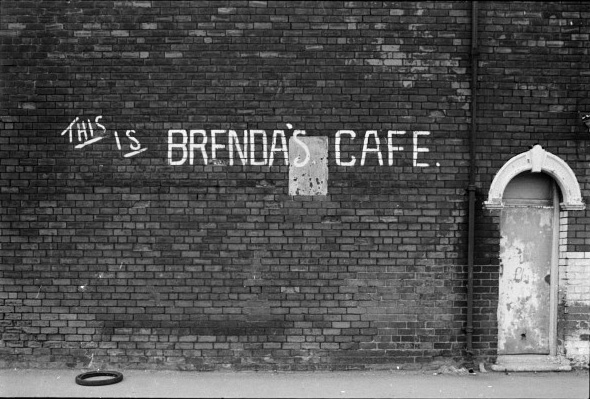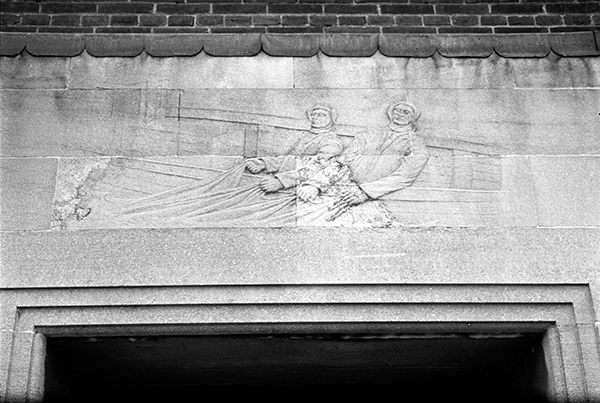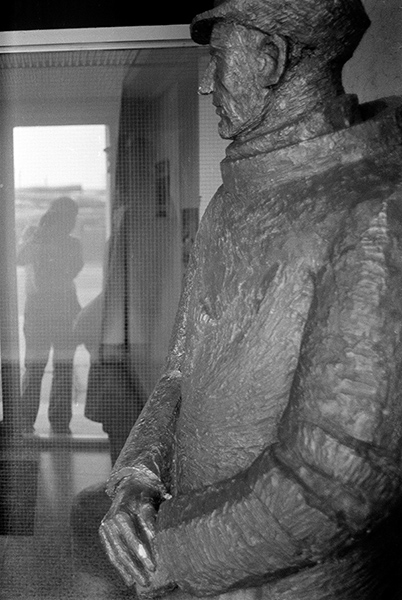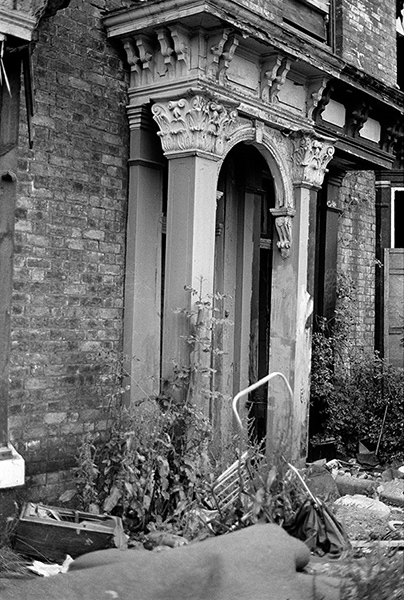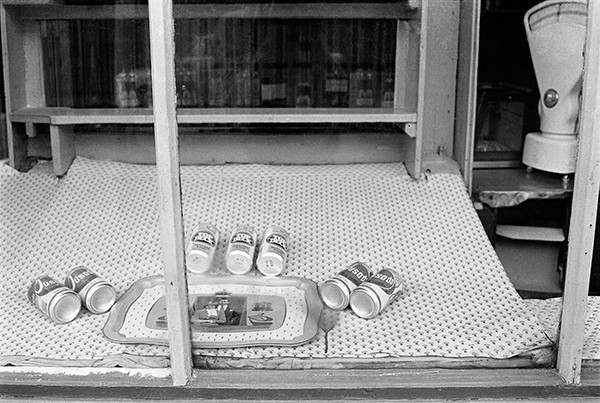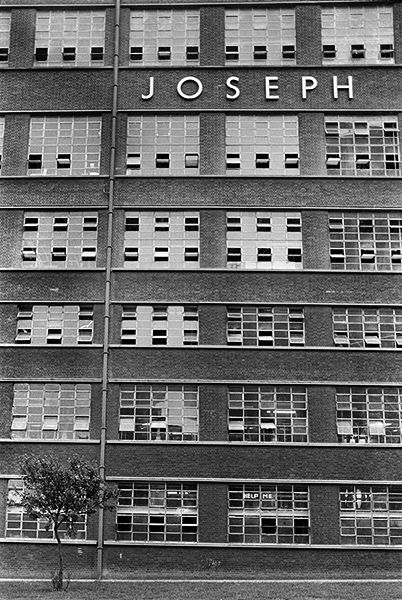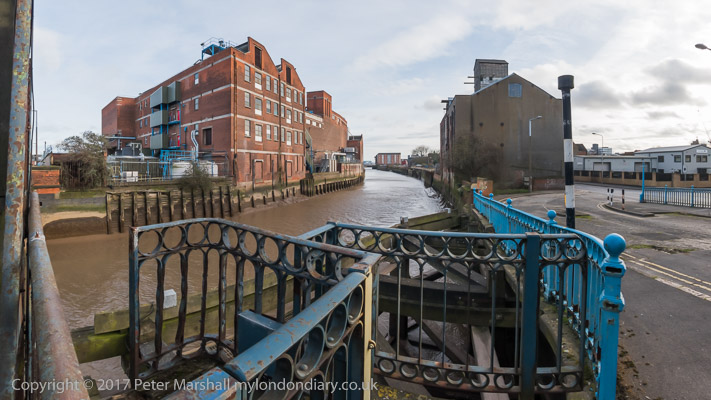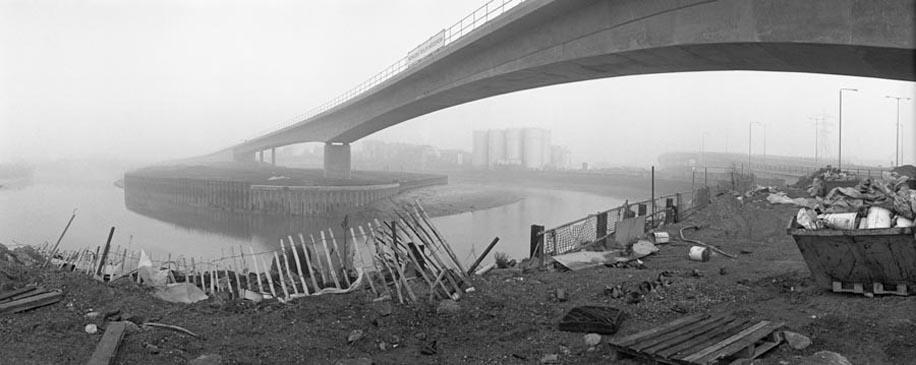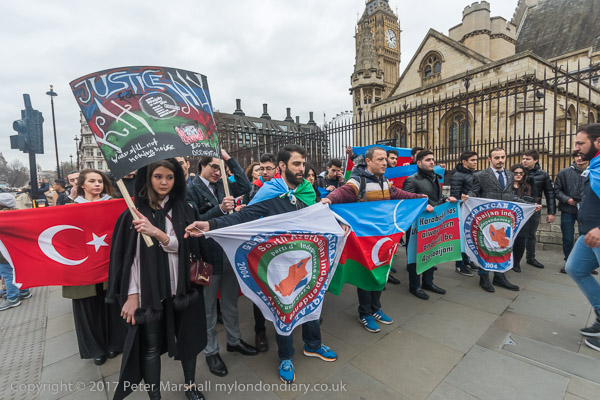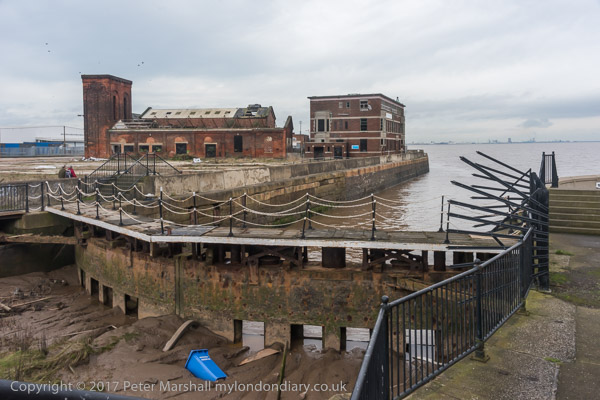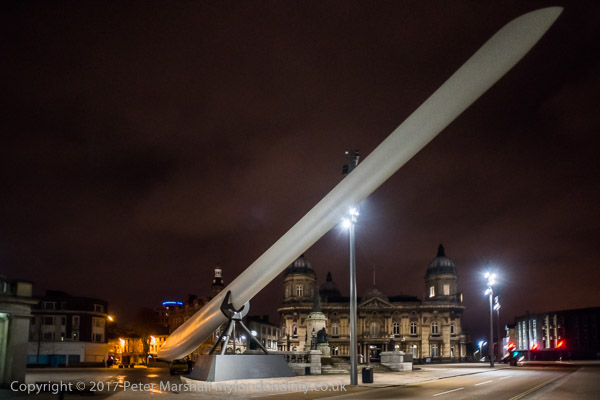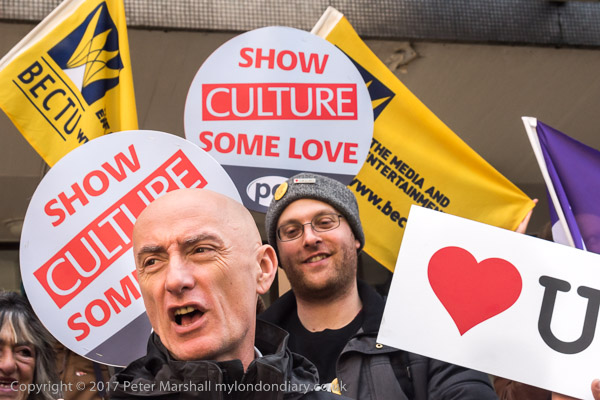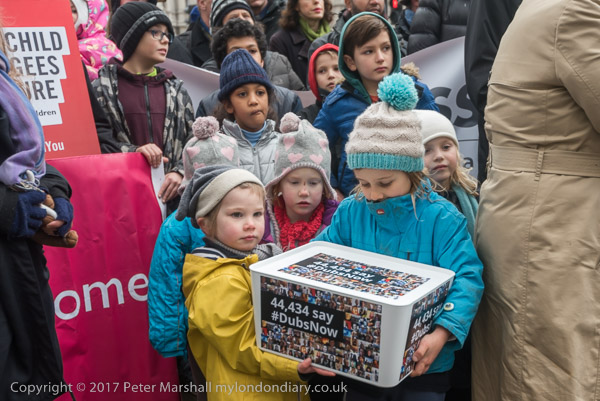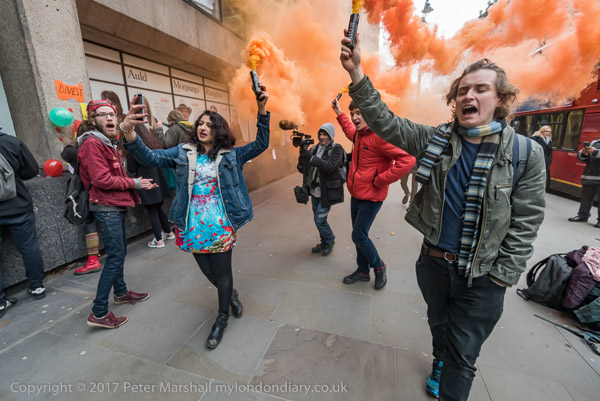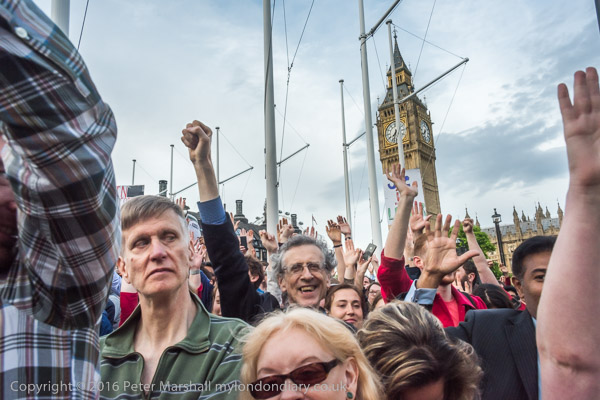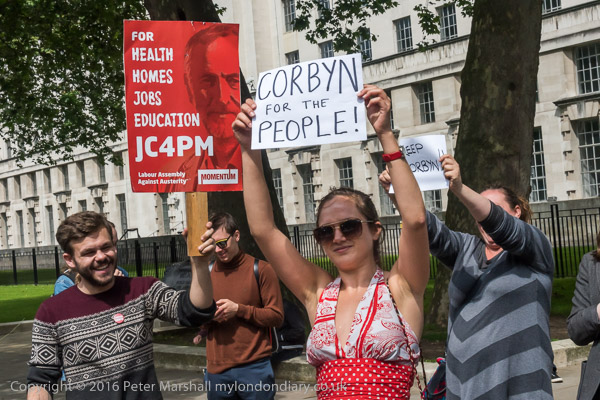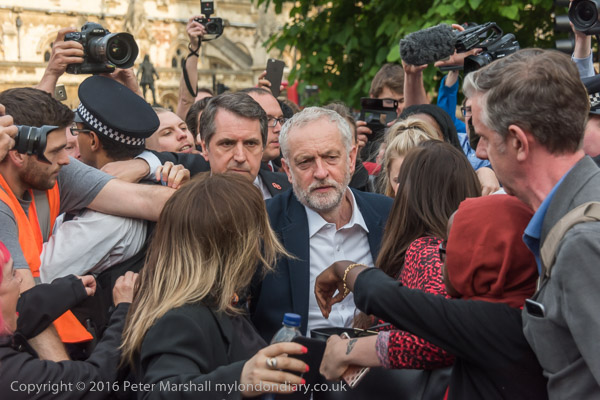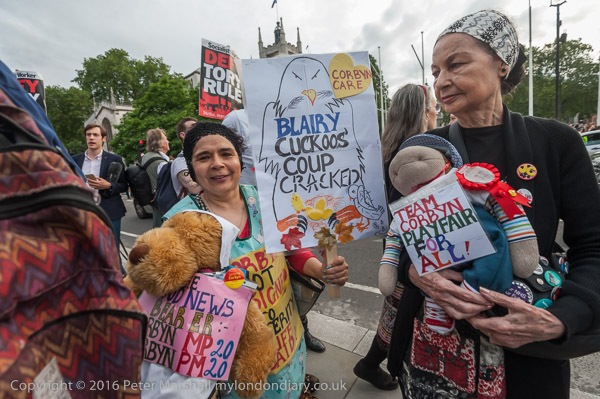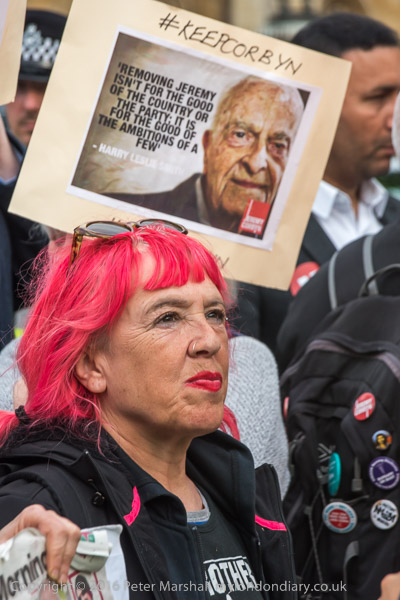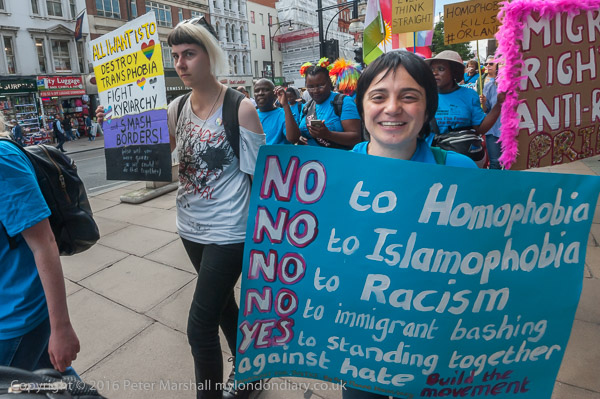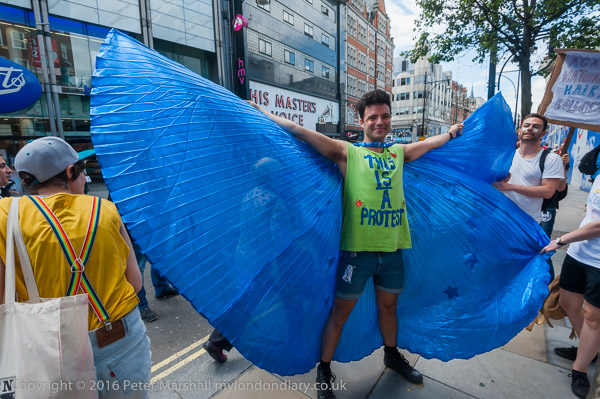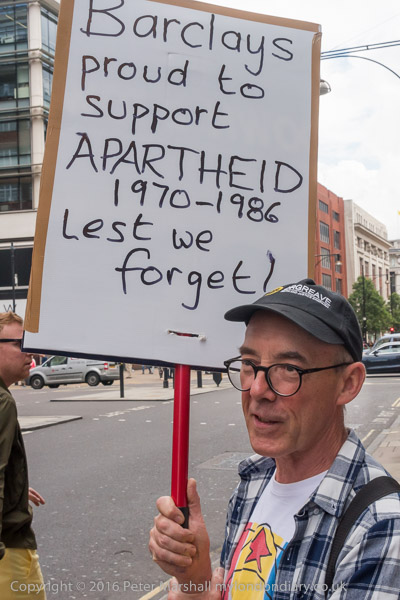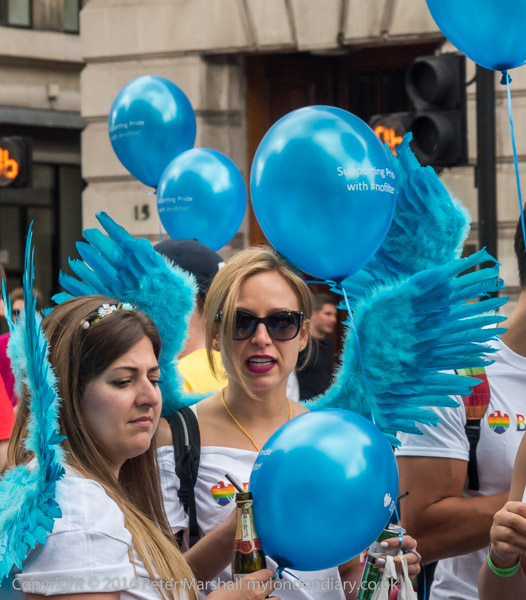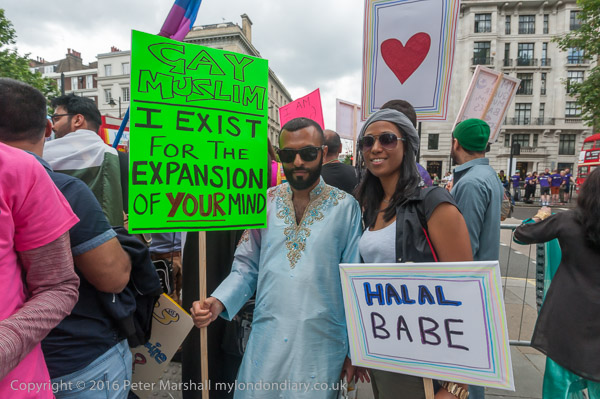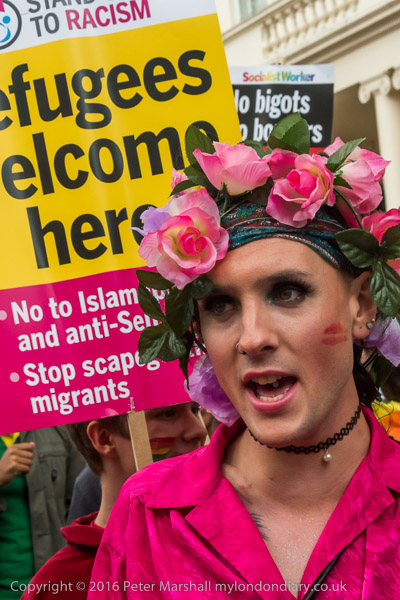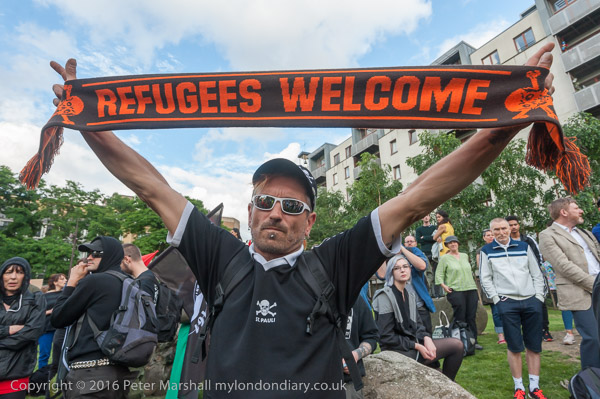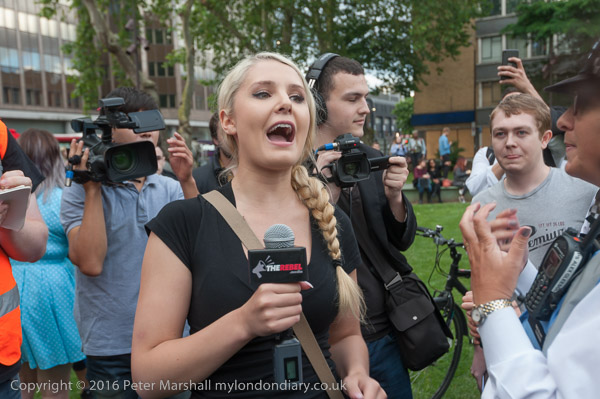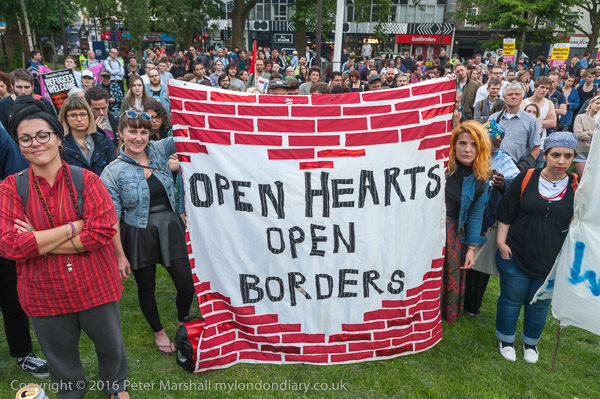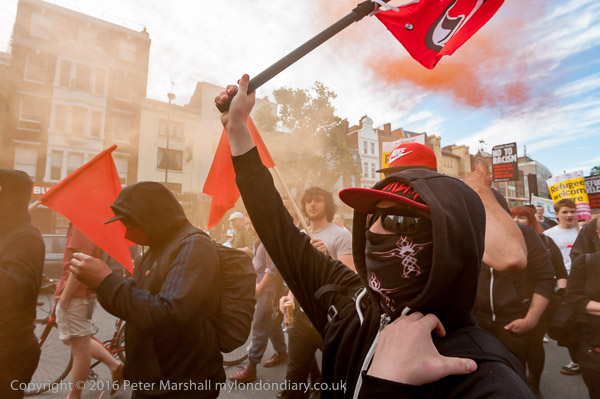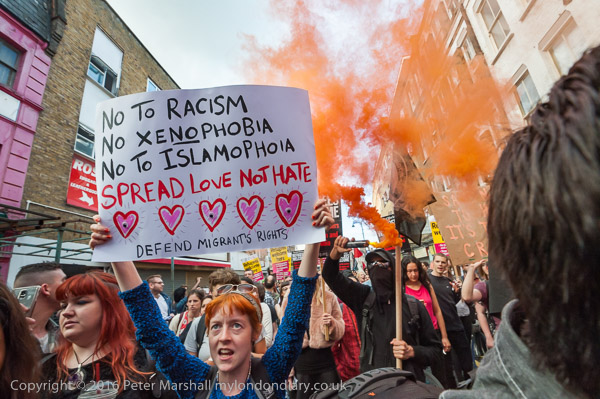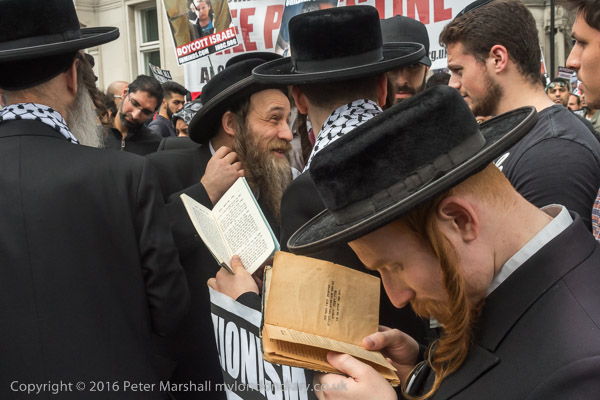
Writing on the day that the news is full of controversy over Ken Livingstone‘s continued suspension from holding office in the Labour Party, this protest and in particular the picture above seem rather appropriate. The Neturei Karta Jews shown in this picture waiting for the start of the Al Quds Day march are staunchly anti-Zionist, believing that ‘Torah demands ALL Palestine under Palestinian Sovereignty‘ and that ‘Judaism rejects the State of “Israel” and condemns its criminal seige & occupation‘.
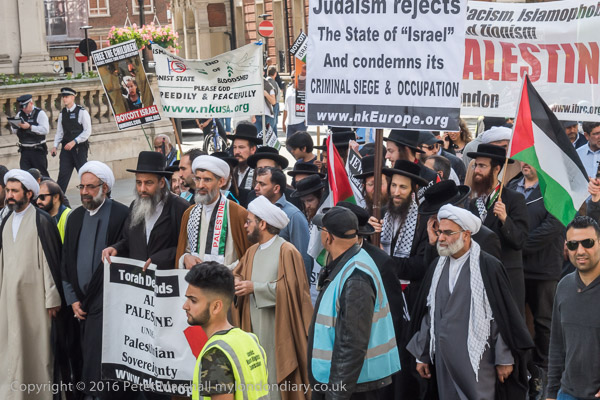
They were marching with Palestinians and their supporters on Al Quds Day, an event began by the Iranian Imam Khomeini in 1979, who stated ‘Al Quds Day is a universal day to support the oppressed against the oppressor’, but its main purpose is to show solidarity with the Palestinians, in particular over the occupation of Jerusalem and to generally oppose Zionism and the Israeli state. Israel has its own Jerusalem Day (Yom Yerushalayim), celebrating their gaining control of the city after the June 1967 Six-Day War.
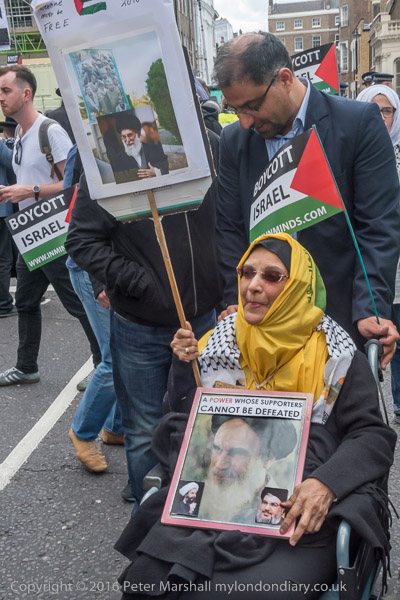
Back in the 1930s, which Livingstone’s comments concerned, Zionism was not universally popular among Jews, and the British government was against mass migration of Jews to Palestine. In 1917 when they had made the Balfour Declaration calling for “the establishment in Palestine of a national home for the Jewish people” the only Jewish member of cabinet, Edwin Samuel Montagu, had warned strongly against it, calling it “a capitulation to anti-Semitic bigotry” and warning of the dangers.
Livingstone’s comments were clearly based on historical fact. Hitler was never a Zionist, but he wanted the Jews out of Germany, and the Hitler government reacted positively to suggestions from the Zionist Federation of Germany and supported their efforts to encourage Jewish emigration to Palestine from 1933 until it became impossible during the war. There were even Zionist training camps for settlers in Germany, where they were allowed to fly the Jewish national banner – now the familiar Israeli flag, though the Nazis still opposed the idea of a separate Israeli state.
It wasn’t politically astute to have said what he did when he did, but part of Livingstone’s appeal to me has always been a tendency to say what he thinks rather than think politically, and his comments have been manna to those opposed to the Corbyn leadership of the party. As an interview with Lord Levy on the Today programme this morning made plain, this is what is really behind the fuss over Livingstone’s alleged anti-Semitism.
Al Quds day is equally controversial, not least because the main organisation behind it in this country is the Islamic Human Rights Commission, which critics say is funded by Iran and which supports Hezbollah and Islamic extremism, and fails to criticize human rights abuses in Iran and some other Islamic states. My pictures over the years do show some supporters of Hezbollah on the marches, but whenever I’ve heard them, speakers have been clear that they are not anti-Semitic but firmly anti-Zionist, a distinction that their critics seem keen to dismiss.
Although IHRC is an imperfect organisation, it does useful and well-respected work in many areas, while most of those making the accusations are highly prejudiced and unreliable, and many of the details they state clearly fly in the face of facts.
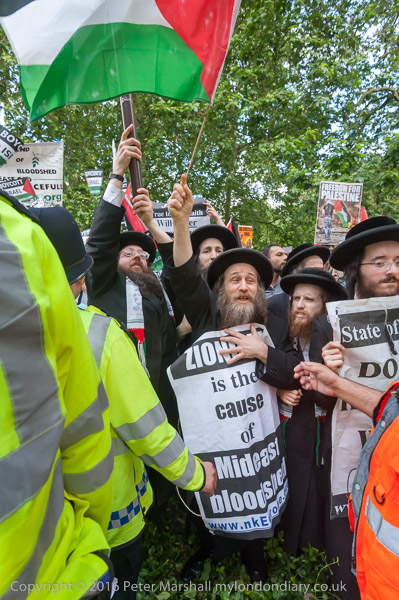
At the end of the march, outside the US embassy in Grosvenor Square, the Al Quds Day marchers were welcomed by a rather smaller but very vocal group waving those Israeli flags, the Sussex Friends of Israel, Zionist Federation and the Israel Advocacy Movement who were holding their ‘It’s Time To Stop The Hate: Stand With Israel‘ rally. While police more or less kept the two groups apart and the bulk of the Al Quds Day marchers moved on to their really in front of the embassy, most of the Neturei Karta climbed on to one of the raised beds opposite the Stand with Israel protest.
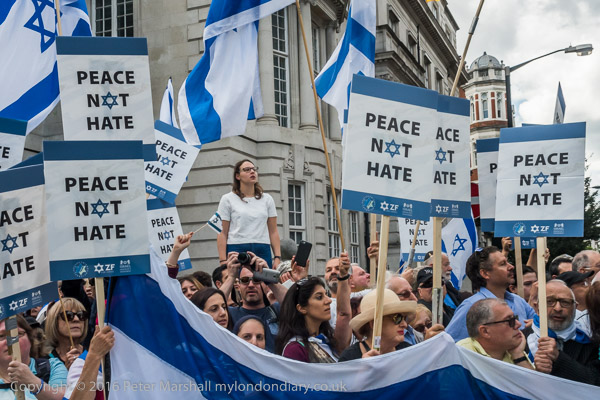
The pro-Israeli protesters weren’t too keen to be photographed, but the police who were keeping the two groups separate refused the requests by some of them to prevent photographers working, though I was unable to stay as close as I would have preferred. Although they were all holding placards proclaiming ‘Peace Not Hate‘ there was soon a barrage of what can only be called anti-Semitic insults and pure hatred being screamed over my head towards the Neturei Karta, who responded vigorously in similar fashion.
